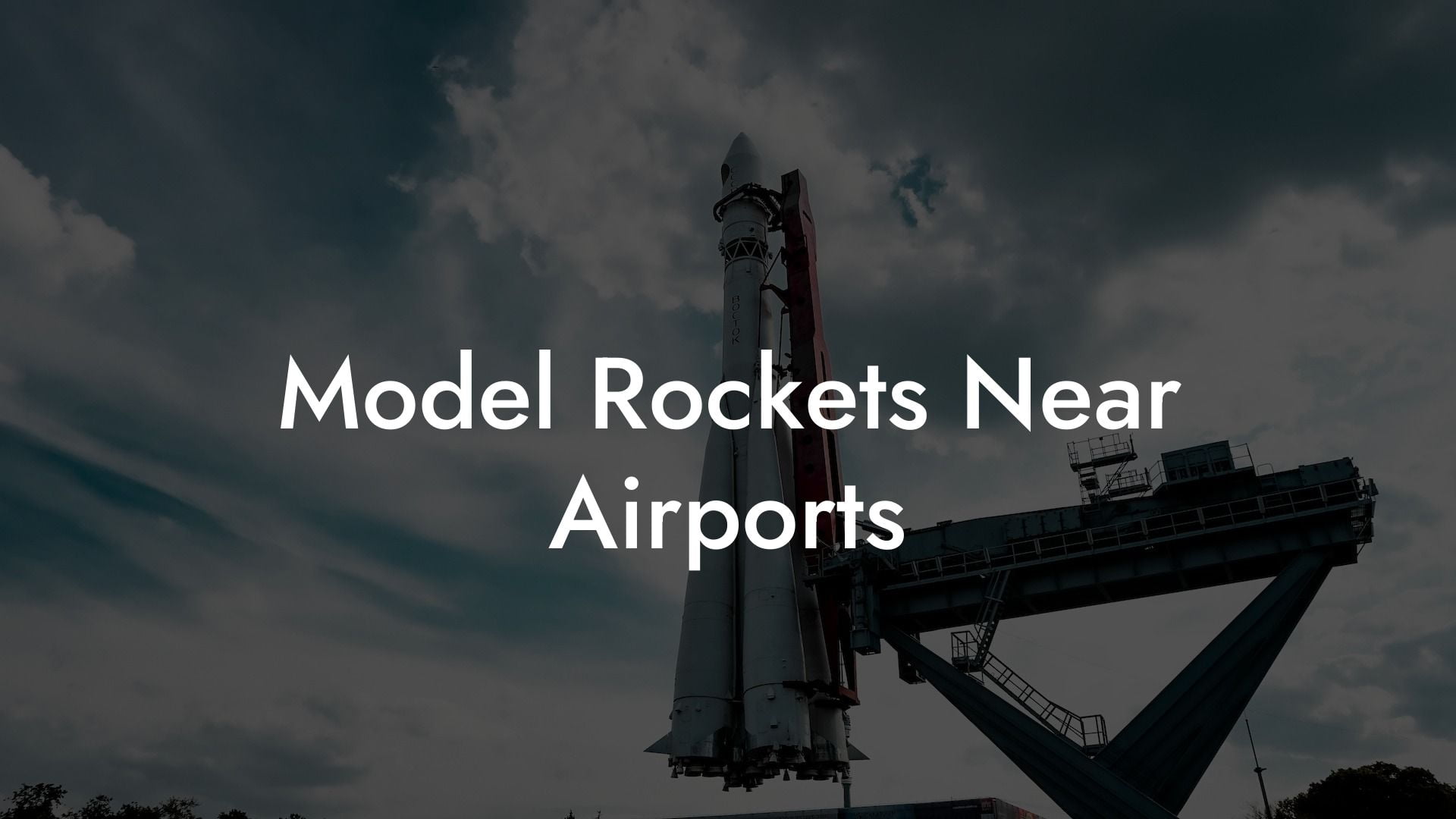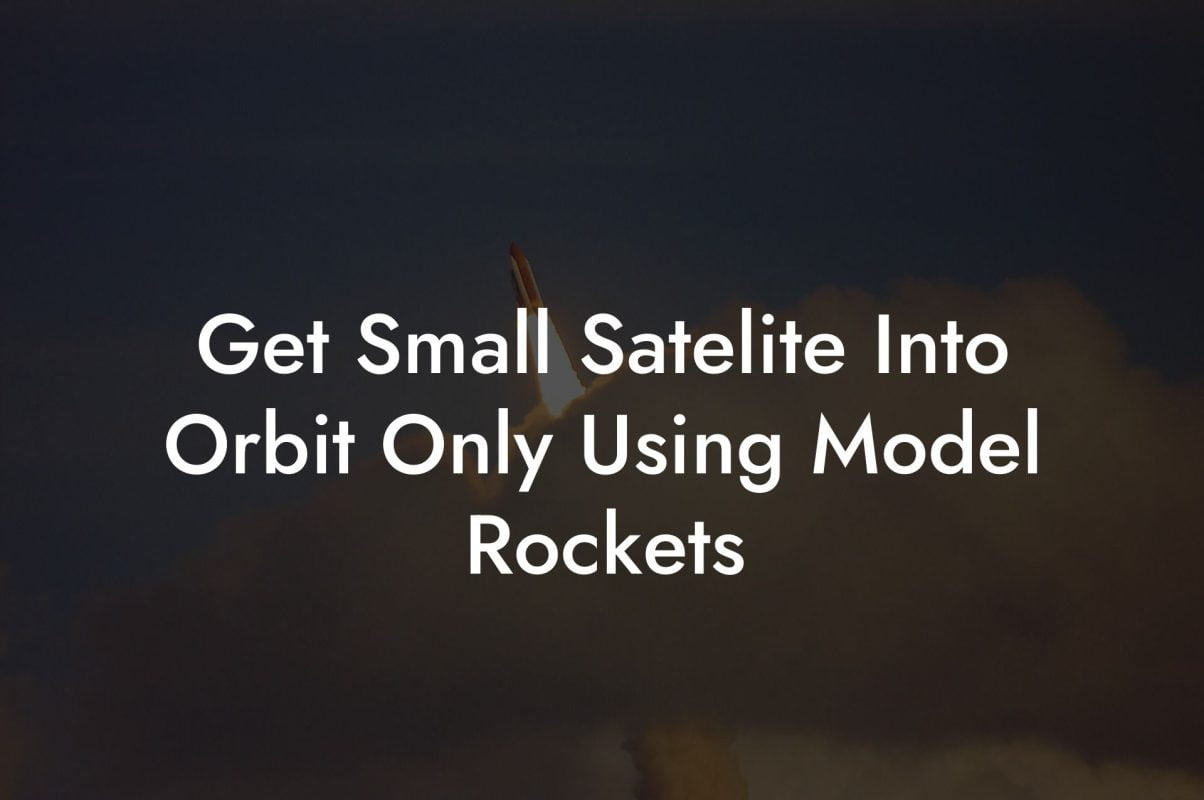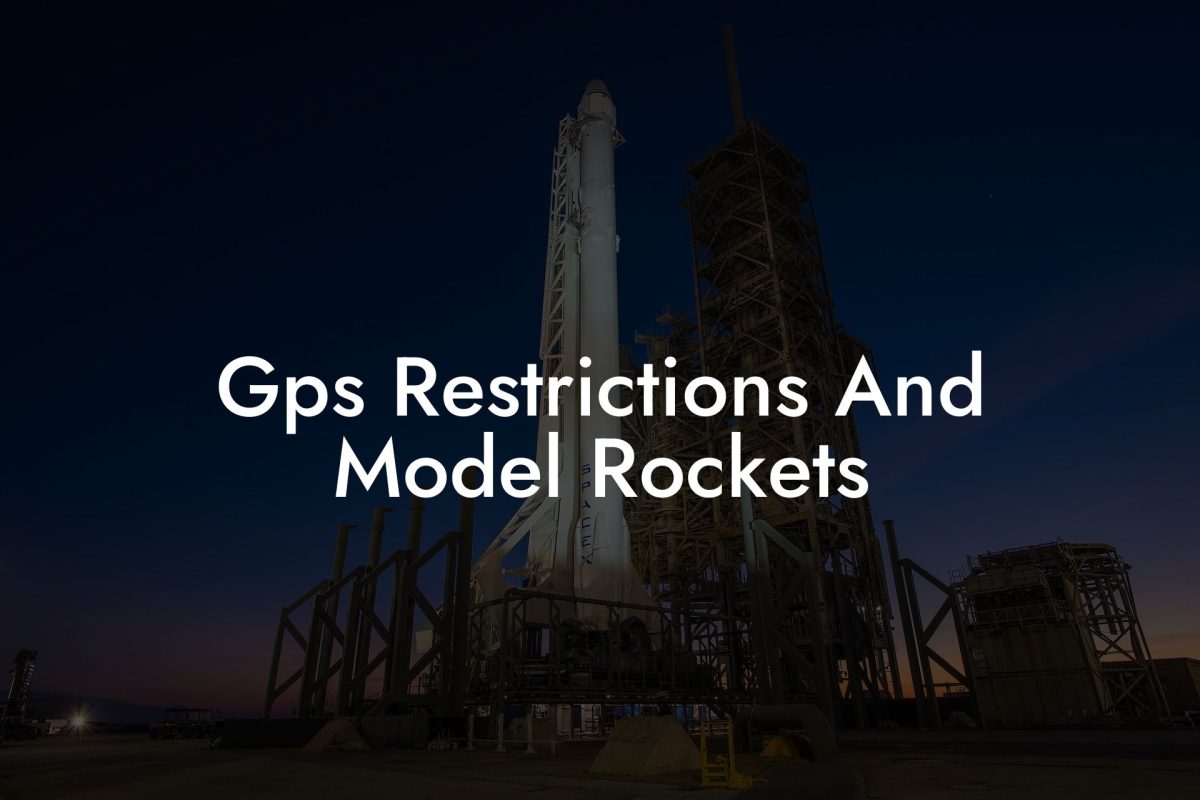Model rocketry is an exciting hobby for many, offering endless possibilities to explore the sky and learn about the science of flight. However, when launching your model rockets, there are certain safety precautions that should be taken into account, especially when launching near airports. In this detailed guide, we will discuss the important aspects to consider when launching model rockets near airports and how to stay safe and compliant with regulations while still having a blast with your rockets.
Model Rockets Near Airports Table of Contents
Federal Aviation Administration Regulations
Federal Aviation Administration Regulations
What to Know About the FAA and Model Rockets
When it comes to operating model rockets near airports, the Federal Aviation Administration (FAA) regulates all aspects of model rocketry under 14 CFR Part 101 (Code of Federal Regulations). These regulations are in place to ensure the safety of both rocket enthusiasts and air traffic.
Notification Requirements
According to the FAA's guidelines, hobbyists must provide prior notification to the FAA if they plan on launching model rockets within five miles of an airport. This includes notifying the airport operator and the control tower of your launch plans, providing details such as your name, contact information, the location of the launch site, and the date and time of the planned launch.
Altitude Restrictions
When launching model rockets near an airport, altitude restrictions are in place to avoid possible interference with air traffic. For example, the FAA prohibits the launch of any model rocket exceeding 500 feet above ground level when within three miles of an airport without a waiver from the FAA. For model rockets weighing less than 1 pound and having less than a total impulse of 80 Newton-seconds, the FAA does not impose altitude restrictions, as long as no waiver is required.
National Association of Rocketry Guidelines
General Safety Code
The National Association of Rocketry (NAR) is a model rocketry governing body that provides a safety code for launching model rockets. They suggest choosing a spacious launch site, ideally measured in a square whose side is at least 1/2 the expected altitude if within 5 miles of an airport. When it comes to airports, NAR also recommends following the FAA regulations listed above.
Model Rocketry High Power Certification
For launching larger and more powerful rockets that may exceed the altitude limitations near airports, rocket enthusiasts can consider obtaining a High Power Certification from the NAR or the Tripoli Rocketry Association (TRA). This certification process may involve taking a written test and demonstrating your capability to build and safely launch high-power rockets.
Best Practices for Launching Model Rockets Near Airports
Model Rockets Near Airports Example:
Consider a model rocket enthusiast who wishes to launch their rocket within four miles of the local airport. They must adhere to FAA regulations by notifying the airport operator and control tower with their launch information, ensuring their rocket does not exceed the 500-feet altitude limit, and following NAR safety codes. Additionally, finding a suitable location that adheres to minimum distance and altitude requirements and conducting a safe launch will allow the hobbyist to enjoy their model rocketry experience without violating any regulations or posing a risk to air traffic.
Launching model rockets near airports can undoubtedly be challenging, but by following the FAA, NAR, and best practice guidelines outlined above, you can ensure a safe and enjoyable rocketry experience. Keep exploring the fascinating world of model rockets and share the knowledge and excitement with others. Don't forget to explore other informative guides here on Austin Rockets, and share this article with fellow model rocket enthusiasts and hobbyists.













